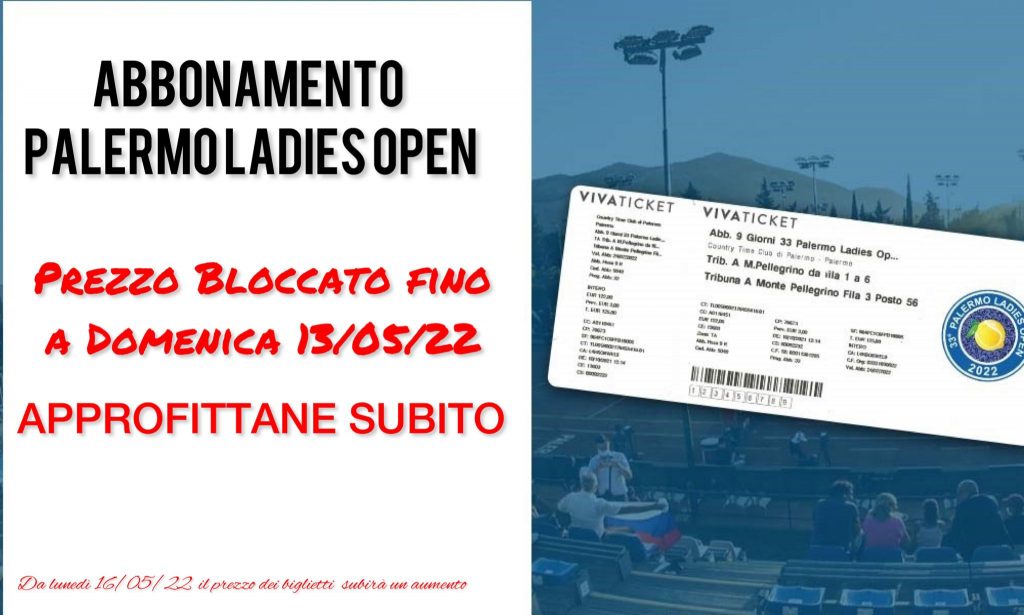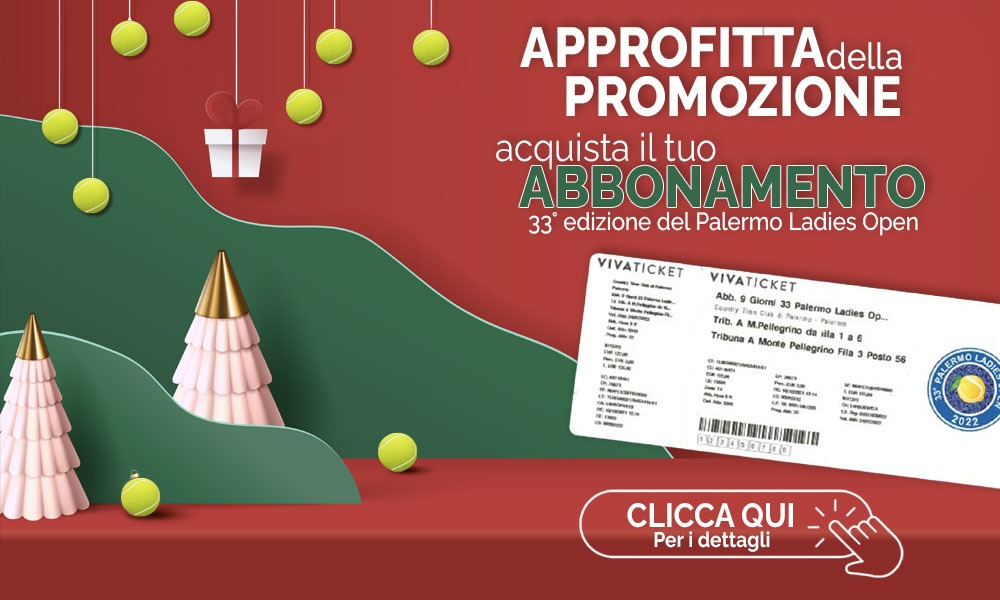The lapse process consists of a series of internal and external events, identified and analyzed in the process of therapy. Therapy focuses on providing the individual the necessary skills to prevent a lapse from escalating into a relapse31. His therapist identified strategies to enhance his motivation, to help him engage in therapy, deal with craving, reducing social anxiety, assertiveness and beliefs and positive expectancies about alcohol use, and confidence or sense of self-efficacy in remaining abstinent. The wife was involved in therapy, to support his abstinence and help him engage in alternate activities. Rajiv’s problem is an illustration of how various psychological, environmental and situational factors are involved in the acquisition and maintenance of substance use. In a 2013 Cochrane review which also discussed regarding relapse prevention in smokers the authors concluded that there is insufficient evidence to support the use of any specific behavioural intervention to help smokers who have successfully quit for a short time to avoid relapse.
Critical for craving and relapse is the process of associative learning, whereby environmental stimuli repeatedly paired with drug consumption acquire incentive-motivational value, evoking expectation of drug availability and memories of past drug euphoria15. Approach coping may involve attempts to accept, confront, or reframe as a means of coping, whereas avoidance coping may include distraction from cues or engaging in other activities. Approach oriented participants may see themselves as more responsible for their actions, including lapse, while avoidance-based coping may focus more on their environment than on their own actions14. Data on age, gender, ethnicity, education, and income were collected, as were measures of daily smoking rate, number of past quit attempts, and the Fagerstrom Test for Nicotine Dependence (FTND; Heatherton, Kozlowski, Frecker & Fagerstrom, 1991).
Lapse-activated consumption
While analysing high-risk situations the client is asked to generate a list of situations that are low-risk, and to determine what aspects of those situations differentiate them from the high-risk situations. High-risk situations are determined by an analysis of previous lapses and by reports of situations in which the client feels or felt “tempted.” Appropriate responses are those behaviours that lead to avoidance of high-risk situations, or behaviours that foster adaptive responses. Seemingly irrelevant decisions (SIDs) are those behaviours that are early in the path of decisions that place the client in a high-risk situation.
Although specific CBT interventions may focus more or less on particular techniques or skills, the primary goal of CBT for addictions is to assist clients in mastering skills that will allow them to become and remain abstinent from alcohol and/or drugs (Kadden et al., 1994). CBT treatments are usually guided by a manual, are relatively short term (12 to 16 weeks) in duration, and focus on the present and future. Clients are expected to monitor substance use (see Table 8.1) and complete homework exercises between sessions.
Common Features Of The Abstinence Violation Effect
While our findings suggest it may be useful to reconceptualize aspects of the AVE and its implications for treatment, they clearly support the notion that subjective psychological responses to lapsing during cessation are an important determinant of progression toward relapse. The RP model of relapse is centered around a detailed taxonomy of emotions, events, and situations that can precipitate both lapses and relapses to drinking. This taxonomy includes both immediate relapse determinants and covert antecedents, which indirectly increase a person’s vulnerability to relapse. Based on the classification of relapse determinants and high-risk situations proposed in the RP model, numerous treatment components have been developed that are aimed at helping the recovering alcoholic cope with high-risk situations.

Survival analysis assesses risk for an event by analyzing the incidence of the event over a specified period of time, referred to as the event’s hazard. Single-event survival analysis examines a single event, assuming abstinence violation effect definition that no further events are possible (it was originally developed to analyze death rates). In contrast, recurrent events survival analyses assess the hazard of events that can occur multiple times (e.g., lapses).



